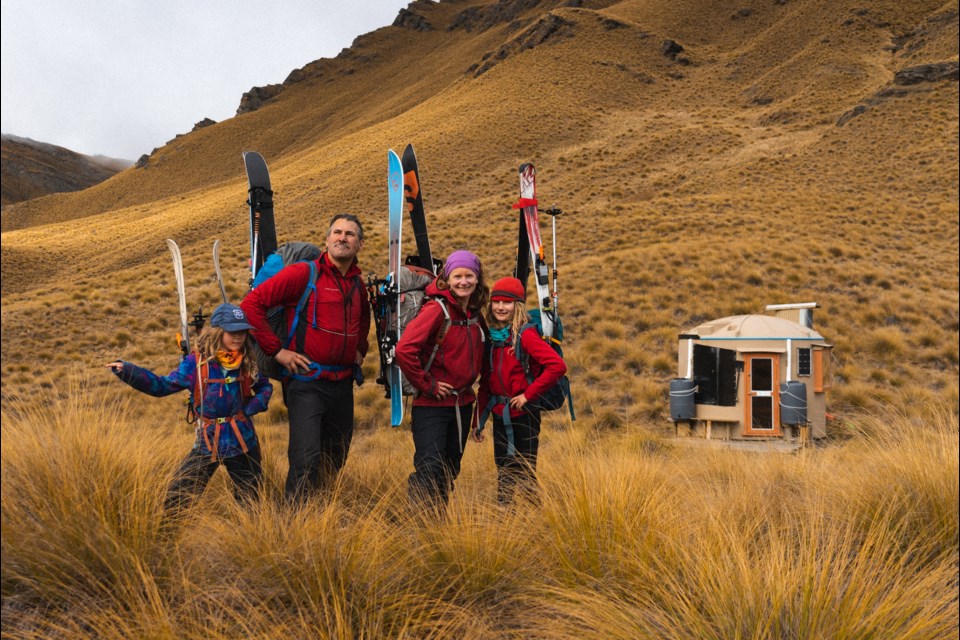Alpine huts made out of gigantic water tanks? This idea might sound unconventional to us on the West Coast, but it is already a reality in the mountains of New Zealand.
The story of how they came to be and their mountaineer inventor is the subject of the film Mountain Turks by Â鶹Éç¹ú²údirector Mark Johansson.
It is playing at the upcoming Vancouver International Mountain Film Festival ( at the Roundhouse in Vancouver on Sunday, Feb. 25, and will be
Mountain Turks started as a side project for Johansson when he was living in New Zealand, during the pandemic.
He had heard of avid mountaineer Erik Bradshaw making alpine huts out of water tanks and was intrigued.
"I asked Erik if I could make a little five-minute documentary about him. And then the more I learned about him and his history, the more I ... latched on to this story, and I just kept digging and more interesting stuff kept coming up. So, before I knew it, it had turned into a longer 40-minute piece."
Bradshaw has a whole backstory that includes parents who were pioneering geologists.
His mother,
She even has a peak in Antarctica named in her honour—Bradshaw Peak.
Bradshaw has spent most of his life in the mountains of New Zealand.
"He was the first person to ever ski-traverse the entirety of the Southern Alps of New Zealand," Johansson said.
The past and present came together in a special way when an organization had Bradshaw go to the Antarctic to install some of his huts for people working in the Antarctic, the location so monumental for his mother.
But what about these huts?
Bradshaw's huts—or turks— are made from 30,000-litre, plastic water tanks.
They are about the size of a small yurt.
Once built, each hat has bunks and a little cooking bench, and other comfort features.
The coolest thing about it, Johansson said, was the community of people it brought together to work toward a common goal.
Bradshaw started up his own club, to build the huts.
He collected donations and contributions toward the cause, and lots of people got behind it.
"His ethos is he just wants to get as many people out into the mountains and make it as accessible as possible," Johansson said.
"He's also just like a big inventor type; he just loves creating new things working with his hands. So, he also believes that there's a lot of value in making things. He combined those two passions and ended up coming up with the membership model of joining by contribution."
In the end, Bradshaw turned his "crazy idea of building backcountry huts out of water tanks into New Zealand’s first ski traverse," the film's description says.
Unlike the typical alpine club, where members might pay a yearly fee to be a part of the club, to be a member of Bradshaw's club, you contribute labour and that makes you a member.
"If you put 10 hours of work into helping build one of the turks, then you're now a member. And then through the process, it just built this wonderful community. And it just grew and grew from there."
As for if the huts could work here, Johansson said, maybe, if each had a raised platform. The Sea to Sky mountains get more snow than Bradshaw's turks are exposed to.
"The New Zealand mountains, they can get good dumps of snow, but where [the huts] are located, they're not really at risk of getting buried in metres of snow. So I think that would be the main concern," he said.
Johansson said his biggest takeaway from Bradshaw and the film is "you can build a thriving mountain community where people are working together for a good cause."
Find out more about Johansson and all his work




